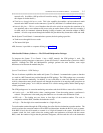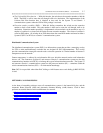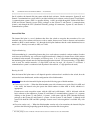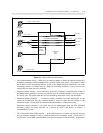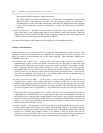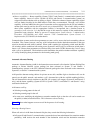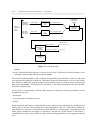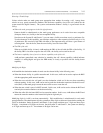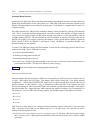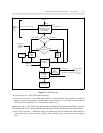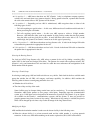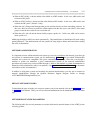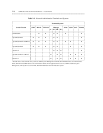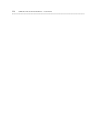COMMUNICATION SYSTEM NETWORKING — AN OVERVIEW 2-13
_ ______________________________________________________________________________________
_ ______________________________________________________________________________________
_ ______________________________________________________________________________________
Selecting a Trunk Group
Various criteria make one trunk group more appropriate than another for routing a call. Among these
criteria are cost, speed, transmission medium, and the bearer capability class of the call (which lets the
system match like digital formats). The system can determine whether a facility is a good match for the
call by:
• Where the trunk group appears in the list of preferences.
Patterns should be administered so that trunk group preferences are in order from most acceptable
(cheapest, fastest, etc.) facility to the least acceptable facility.
Note that on the System 85 and Generic 2 you can name a facility more than once in a preference list.
To take advantage of this capability, one technique might be to enter expensive facilities early in a list
of preferences, but associate a high FRL with them so that important users will have a good chance of
accessing them. Later in the list, enter the same facility, but with a lower FRL.
• The FRL of the call.
When an available facility is found, AAR matches the FRL of the call with the FRL of the facility. If
the facility FRL is less than or equal to the call’s FRL, the facility can be used for the call.
• The bearer capability class of service or bearer capability code of the call.
AAR performs generalized route selection by matching the call’s bearer capability (which indicates
whether it is analog/digital and gives the DMI mode) as closely as possible with the facility bearer
capability.
Modifying the Digits
AAR modifies the destination number it sends over the chosen facility in the following cases:
• When the chosen facility is a public network trunk. In this case, AAR can be used to replace the RNX
with the appropriate public network number.
• When the next switch in the call path is not the destination switch and it does not have networking
software running. In this case, AAR can be used to prefix the destination extension with the dial access
code (DAC) of the trunk group it wants the next switch to use to route the call.
• When the next switch is part of a MS/T network. In this case, AAR can be used to delete the RNX and
send only the extension number over the chosen facility.
• When the caller dials the home RNX and an extension number. In this case, AAR deletes the RNX and
returns the extension number to the internal dial plan for digit analysis.
Modifying digits in AAR is not done automatically. Digit modification is administered for each trunk
group preference. The administrator tells the system how many digits to delete and insert before sending the
call to its destination. On the System 85 and Generic 2, the system can delete up to 7 digits and insert up to
20 digits. A maximum of 24 digits can be sent. On the System 75 and Generic 1, the system can delete up
to 11 digits and insert up to 25. A maximum of 40 digits can be sent.



